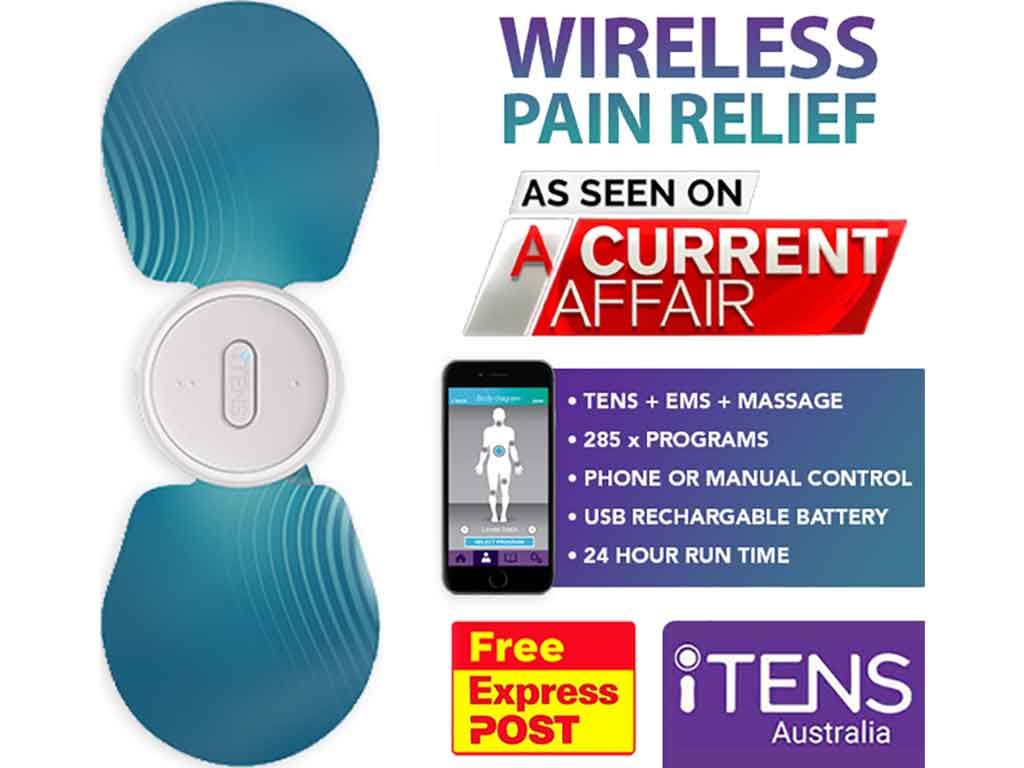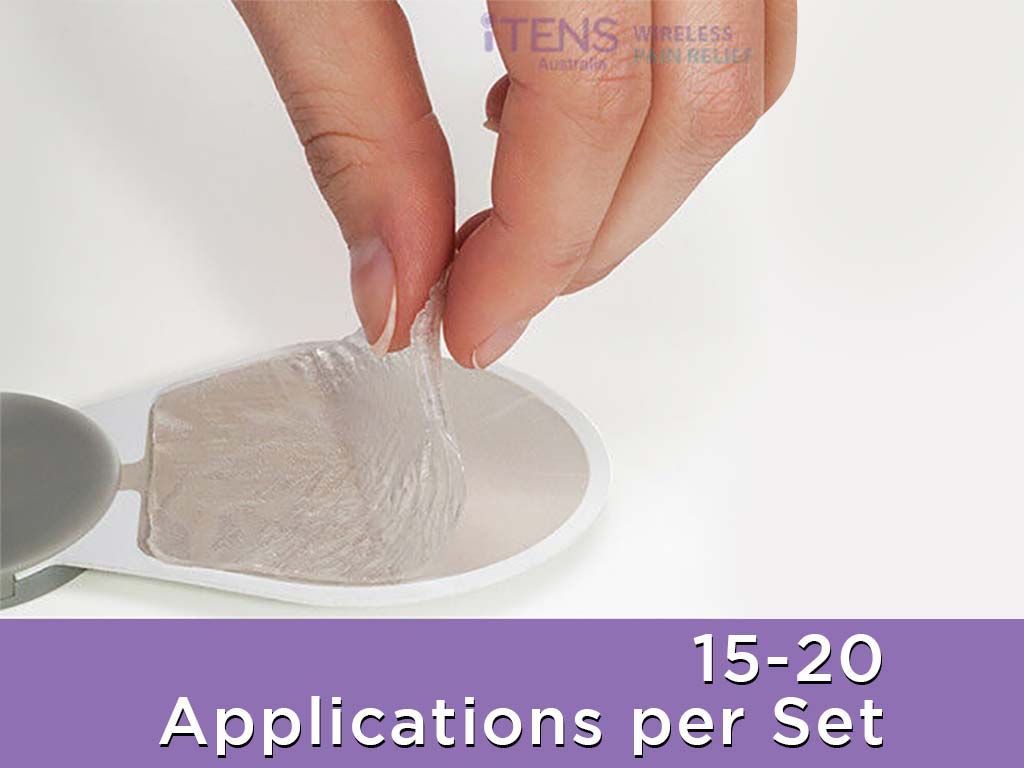
A Transcutaneous Electrical Nerve Stimulation (TENS) machine is used for treating various types of pain. It is most beneficial for chronic back pain and nerve disorders. However, some may wonder if they can use TENS for neck pain. A TENS machine on the neck is generally safe. However, since it is a delicate and sensitive area, it requires extra care when using the device. With the right application, it can be effective in relieving various pain conditions.
TENS is a form of electrotherapy that uses mild electrical currents to relieve pain. The machine has a set of adhesive electrode pads placed on the pain area to deliver these currents. Hence, it is a non-invasive and natural pain relief method. There are several things to understand when using an electrotherapy device like TENS. This article will guide you on using a TENS machine for neck pain and its safety considerations.
Safety Precautions When Using a TENS Machine on Neck
A TENS machine is a portable device that delivers small electrical pulses through the skin. These pulses reach the nerves and stimulate them to block pain signals and release hormones that reduce pain. It can also boost circulation, which helps relax the muscles. In effect, it helps relieve tension and stiffness from conditions that affect the neck.
Using a TENS machine on the neck is an effective method of alleviating pain and discomfort. However, there are necessary precautions to follow to prevent harm. Firstly, identify the correct electrode placement. The neck is composed of muscles, nerves, bones, and blood vessels that connect to the head. Thus, it is a sensitive area that may cause dizziness or seizures in extreme cases.
Avoid placing the electrodes high on the back, front, and sides of the neck. The electrical stimulation may affect the arteries in the neck that deliver blood and oxygen to the brain. Secondly, choose the appropriate settings, such as intensity and frequency. The sensations should be pleasant and comfortable. If it feels too strong or painful, reduce the intensity.
Neck Pain Conditions
- Muscle strain or tension: the muscle fibres or tendons stretch too far, causing tears. In addition, not moving the neck for hours may stiffen the muscles.
- Cervical spondylosis: also known as arthritis of the neck. It is the result of the wear and tear of the joints that cause inflammation.
- Cervical herniated disc: pain due to rupture of the annulus or the cushion of the disc. The pain may start from the neck and radiate to the arms and lower body.
- Cervical stenosis: narrowing of the spinal canal that may compress or pinch the nerves. Nerve irritation may lead to sciatica.

How to Operate a TENS Machine on Neck
When using a TENS machine on the neck, start by placing the electrode pads at strategic points. The ideal placement is at the bottom or base of the neck on the back. Position the pads on either side of the spine. You may add more pads on the middle or trapezius muscles heading towards the shoulder blade.
Make sure the device is off when putting the electrodes. Once the pads are firmly in place, switch on the unit and start at the lowest settings. Gradually increase the intensity until the tingling sensations feel strong but comfortable. Additionally, start with a short treatment duration of 15 to 20 minutes and increase the time as necessary.
After treatment, turn off the device before removing the pads. You may use a TENS machine multiple times daily. However, allow a 20-minute break before continuing with the therapy. In addition, each session should not last more than one hour. People with chronic pain may use TENS up to four times.
Places to Avoid
It is crucial to avoid the throat and sides of the neck when using a TENS unit. Aside from these areas, other places to avoid are the temples and the head. Moreover, do not place the electrodes directly on the spinal column, joints, and other bony areas.
It is also not advisable to place the TENS pads on broken wounds, infected skin, and numb areas. Do not put near varicose veins and blood clots. Lastly, do not use TENS on the chest and back simultaneously. The best areas are over the muscle belly, where the pads will not likely come off.

TENS Machine on Neck: General Safety Guide
TENS is a great way to manage neck pain, but it is important to use them correctly. Before using a device, it is recommended to consult your physician or physical therapist for guidance. A TENS machine on the neck is safe for most people. However, it is not suitable for people with heart problems, epilepsy, and electrical implants like cardiac pacemakers.
Some people may develop allergic reactions due to the adhesive and quality of the pads. When using TENS for the first time, monitor the skin condition. If irritation occurs, discontinue use and wash the area with warm water. It is also advisable to get hypoallergenic gel pads to minimise the risks of rashes or redness.
The intensity should not go beyond what you can comfortably tolerate. Prolonged use may also sore the muscles. Additionally, TENS machines should not cause vigorous muscle contractions. Avoid using the device while bathing, driving, or sleeping. Lastly, always check the device or electrodes for any signs of damage before use. Do not use the machine if there are open wires or the pads do not adhere properly.
Device Care and Maintenance
Taking care of and maintaining a TENS machine is essential to ensure its proper functioning and longer life span. Regularly clean the electrodes by wiping the sticky surface with a damp cloth. It is important not to submerge the device or the pad in water or other fluids.
Furthermore, replace the pads when they become worn out. Using electrodes that do not stick firmly may risk them falling off and causing accidental shocks or burns. It may also reduce its therapeutic benefits. Finally, store the device in a cool, dry place and away from direct sunlight.
Conclusion
In summary, when using a TENS machine on the neck, it is vital to find the ideal positioning points. Correct electrode placement can ensure safe and effective pain management. In contrast, putting the pads on sensitive areas like the head or throat may cause harm. Moreover, use appropriate settings to comfortable levels. Avoid turning the intensity too high to prevent discomfort or muscle fatigue. The right use of TENS can optimally alleviate neck pain, including muscle tension, arthritis, and pinched nerves.
TENS machines are easy to use with simple instructions. It is a non-invasive and drug-free method of managing chronic and acute neck pain. A wireless unit like the iTENS is more compact and lightweight. Hence, it is more discreet when worn underneath the clothing. It can be used while working or being active without limiting the range of motion. For best results, consult a doctor and follow the device’s instructions.







